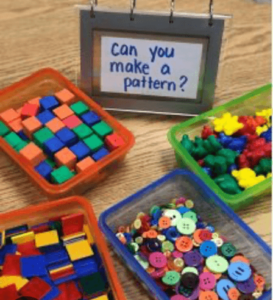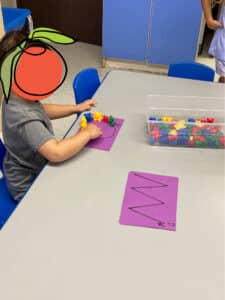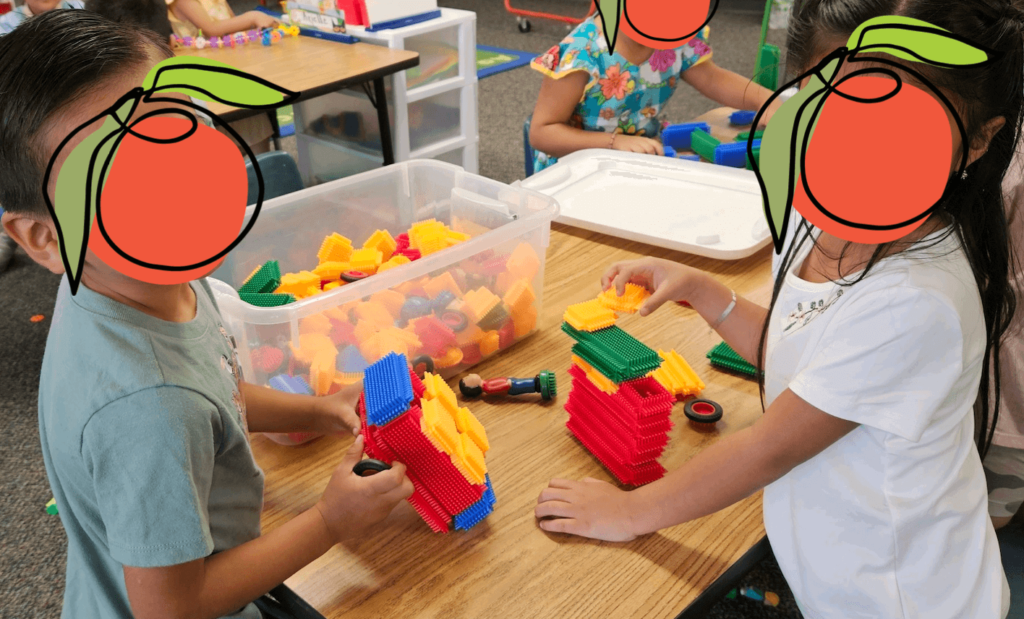Transforming Elementary Classrooms
In the bustling sphere of elementary education, the way we commence the school day can significantly influence the learning environment and children’s desire to enter it. Traditionally, students have been funneled directly from the playful freedom of their morning routines into structured, often high-paced academic activities. However, progressive educational strategies have recognized the value of transitioning students more gently into their school day using an approach known as “soft starts.” This methodology acknowledges the varied emotional, mental, and physical states children bring to the classroom, emphasizing a need for a smoother segue that fosters both academic and personal growth.
Understanding Soft Starts
Soft starts are about easing students into the learning environment rather than abruptly shifting gears. This approach can include various calm, engaging, and interest-based activities that students participate in as they arrive, offering them gentle entry into the school day. Instead of being met with a worksheet or the immediate pressure of a lesson, children might engage in quiet reading, puzzles, drawing, building blocks, or small group activities related to a project they are passionate about.
Soft starts can be used for a short duration of the morning, (think 15 mins) to support a transition into the classroom. Detachment for younger children and engagement for older children pose a primary example of need for soft starts. Younger children may be met with magna tiles and playdoh, while older children can have an ongoing chess game or small lego building with friends.
The Benefits of Soft Starts
Implementing soft starts in elementary classrooms provides a multitude of advantages:
1. Reduced Anxiety and Stress
Morning separations, hectic commutes, or personal
challenges can heighten anxiety and stress in children. By providing a buffer of calming activities, students can regulate their emotions, making it easier to approach the day with
confidence and calmness.
2. Promoting Social-Emotional Learning (SEL)
SEL skills are paramount in early education. Soft starts encourage sharing, empathy, and collaborative problem-solving through activities that require partnership and cooperation. These relaxed interactions bolster communication skills and emotional intelligence.
3. Fostering Autonomy and Decision-Making
Given the choice of activities during soft starts, students learn to make decisions based on their interests and moods. This freedom enhances their sense of independence, boosts self-esteem, and fosters intrinsic motivation for learning.
4. Enhancing Teacher-Student Interactions
Soft starts allow educators to engage with students in a less formal context, facilitating casual conversations that can yield insights into a child’s life, interests, and potential struggles. These interactions help in building stronger, more supportive relationships.
5. Accommodating Different Energy Levels
Children arrive at school with varying energy levels. Some may be morning people, while others take longer to acclimate. Soft starts give all students the space to gear up for the day in a way that respects their individual temperaments and biological rhythms.
Implementing Soft Starts in the Classroom
Here are practical steps educators can follow to introduce soft starts effectively:
1. Plan Diverse Activities
Create a range of activities catering to different interests and energy levels. Consider quiet spaces for reading or puzzles and more dynamic areas with arts and crafts or collaborative tasks.
2. Set Clear Expectations
While soft starts are more relaxed, clear guidelines are essential. Establish what each activity entails, the noise levels permitted, and how materials should be used and put away.
3. Allow Choice
Let students choose their start-of-day activities. Encourage them to try different things, but allow them to select options that most appeal to their current mood and preference.
4. Engage With the Students
Use this time to converse casually with the children, participate in activities, or observe to understand more about their interests, strengths, and areas needing support.
5. Reflect and Adjust
Solicit feedback from the students about soft start activities. What do they enjoy most? What works less well? Use these insights for continuous refinement of your approach.

Soft starts represent a paradigm shift, acknowledging that students flourish when given a gentle transition between home and school. This innovative approach honors each child’s individuality and emotional landscape, providing a nurturing environment that stimulates not just academic
achievement but also holistic well-being. In the landscape of modern education, strategies like soft starts are invaluable in sculpting resilient, empowered, and empathetic individuals, ready to embrace learning with enthusiasm and confidence.
Soft starts can also be done at various points during the day to ease transitions between recess, lunch, special activities, and entering the classroom again. Further, soft starts can include a sensory walk to support children in having opportunity to calming transition their body from fast gross motor movement outside to a calming body inside.
Various Soft Start manipulatives can support this implementation including materials for younger and older children.
- Legos
- MagnaTiles
- Deck of cards
- small whiteboard with expos
- puzzles
- geoboard and rubber bands
- play dough
- reading corner
- drawing/coloring (include How-to-Draw books)
- pattern blocks
- journaling station (paper, pencils, prompts)
- Uno
- box of fidgets
- paper with stencils
- Mad Libs
- checkers
- Connect 4
- pipe cleaners and beads
- Rubik’s cubes
- magnet wand with chips or paper clips



